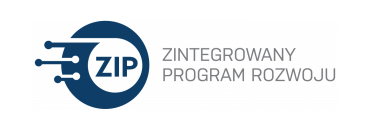RoboNewbie: Simulated Robots for
- Prelegent(ci)
- Hans-Dieter Burkhard, Monika Domanska
- Afiliacja
- Humboldt University Berlin
- Termin
- 1 marca 2013 12:15
- Pokój
- p. 2180 (sala RW)
- Tytuł w języku angielskim
- e-)Learnin
- Seminarium
- Seminarium badawcze Zakładu Logiki: Wnioskowania aproksymacyjne w eksploracji danych
Experiences by own experiments are an important prerequisite for studies in Robotics and Artificial Intelligence. Experimenting with real robots is difficult because of expensive hardware, maintaining the robots and time consuming set ups. Hence, simple hardware is still broadly used, which is far behind the recent technical developments.
Simulated robots in simulated environments can be used as an alternative for complex hardware. The RoboCup community has 15 years of experiences with real and simulated robots in the field of soccer playing robots.
It is a challenging test field for the progress in scientific research and technical developments. Robots have to control their bodies and their motions, they must perceive a dynamically changing environment, and they have to choose from many possible options in real time. They have to cooperate with team mates and to pay attention to opponents. The RoboCup 3D simulator SimSpark provides a physical simulation of the soccer environment with the simulated humanoid robot Nao of the French Company Aldebaran.
The talk reports on the RoboNewbie project developed at Humboldt University Berlin. It is a basic framework written in JAVA for the development of simulated humanoid robots running in the SimSpark simulation. It provides easy understandable interfaces to simulated sensors and effectors of the robot as well as a simple control structure. It serves as an inspiration for beginners, and behinds that it provides room for many challenging experiments. Users can develop their own motions, e.g. for dancing, gymnastics or kicking a ball. They will get insights into the complex phenomena of coordinated limb control, of kinematics and sensor-actor control. They can experiment with problems of perception, action planning, and coordination with other robots. The framework can also be used for Machine Learning, where many runs can be performed to train behaviors – much more than ever possible with real robots.
 Nie jesteś zalogowany |
Nie jesteś zalogowany |



















